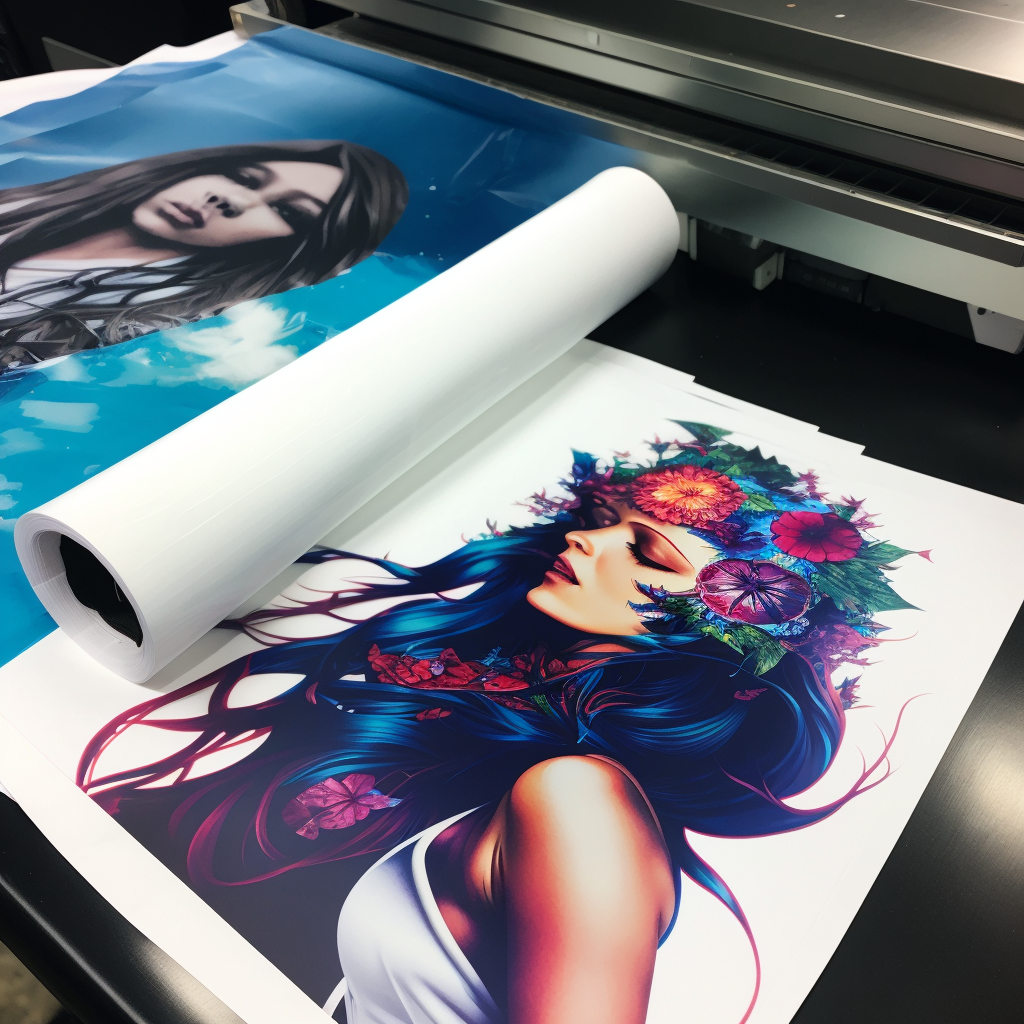
Sublimation Blanks vs. Heat Transfer Vinyl: Which is Best?
Share
When it comes to custom printing projects, there are two main methods for transferring designs onto various products: sublimation printing and heat transfer vinyl (HTV). Both methods have their unique advantages and disadvantages, so it's important to understand the differences between the two before deciding which one is the best option for your project.
Sublimation Blanks: What Are They?
Sublimation printing is a process that involves transferring a design onto a sublimation blank, which is a product made from a special type of polymer coating. The design is first printed onto a special type of paper, which is then transferred onto the sublimation blank using a heat press.
Sublimation blanks are ideal for custom printing projects because they can be used to print on a wide range of products, including t-shirts, mugs, phone cases, and even keychains. The end result is a high-quality, long-lasting print that won't crack or peel over time.
Advantages of Sublimation Blanks
One of the biggest advantages of using sublimation blanks is the quality of the print. Because the design is infused into the polymer coating of the product, it becomes a permanent part of the material, ensuring that the print won't fade or crack over time. Sublimation printing also allows for printing on a wide range of products, making it a versatile option for businesses and individuals alike.
Disadvantages of Sublimation Blanks
Sublimation printing requires a heat press, which can be expensive, making it less accessible for those on a tight budget. Additionally, sublimation blanks can only be used on products with a polymer coating, so it's not suitable for printing on materials like cotton or other natural fibers.
Heat Transfer Vinyl: What Is It?
Heat transfer vinyl (HTV) is a type of vinyl that can be cut into shapes and designs and then applied to various products using heat. The vinyl is first cut using a special machine, and then the design is transferred onto the product using a heat press.
HTV is a popular option for custom printing projects because it's relatively easy to use and is suitable for a wide range of materials, including cotton, polyester, and even wood. The final result is a vibrant, durable print that can withstand repeated washing and wear.
Advantages of Heat Transfer Vinyl
One of the biggest advantages of using HTV is its versatility. It can be used on a wide range of materials, making it a popular choice for businesses and individuals alike. It's also relatively easy to use, and the equipment needed to apply HTV is often less expensive than that needed for sublimation printing.
Disadvantages of Heat Transfer Vinyl
While HTV is a great option for custom printing projects, it does have its limitations. The final print is not as long-lasting as sublimation printing, and it may fade or crack over time, especially with repeated washing and wear. Additionally, HTV is not suitable for printing on products with uneven surfaces or intricate designs.
Which Is Best?
Ultimately, the best option for your custom printing project will depend on your specific needs and budget. Sublimation printing is ideal for high-quality, long-lasting prints on a wide range of products, but it can be expensive and is limited to products with a polymer coating. On the other hand, HTV is a versatile option that's relatively easy to use, but the final print may not be as long-lasting as sublimation printing.
In conclusion, both sublimation blanks and heat transfer vinyl have their unique advantages and disadvantages, and the best option will depend on the specific needs of your project.
